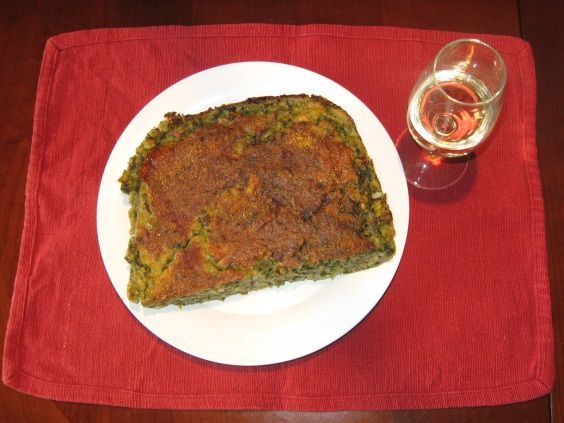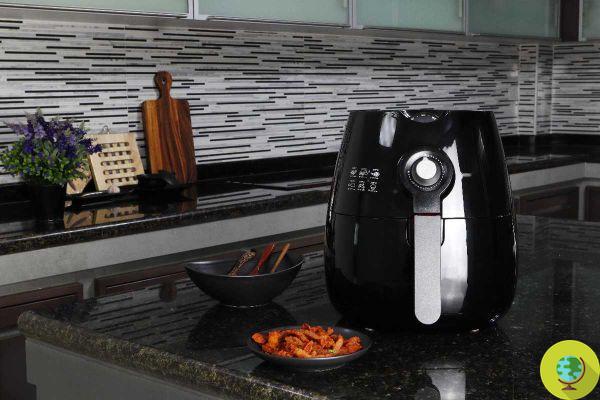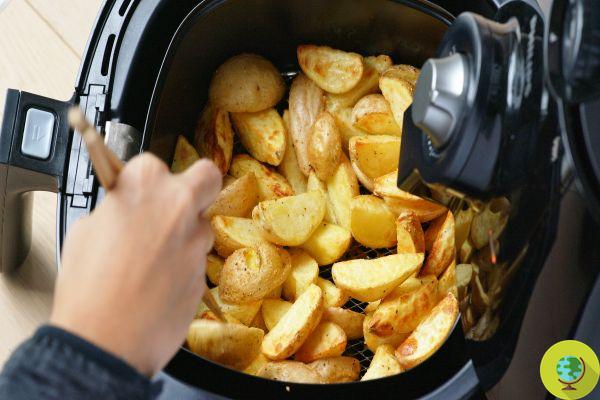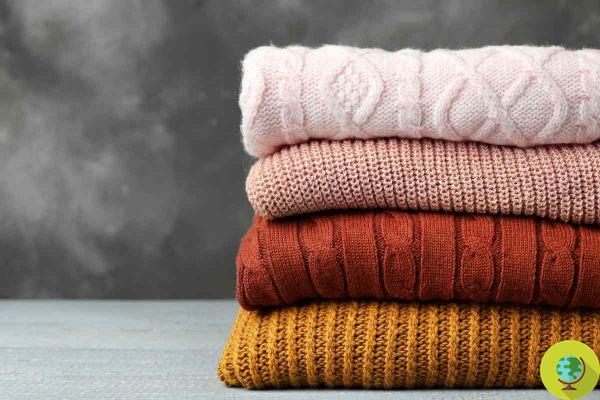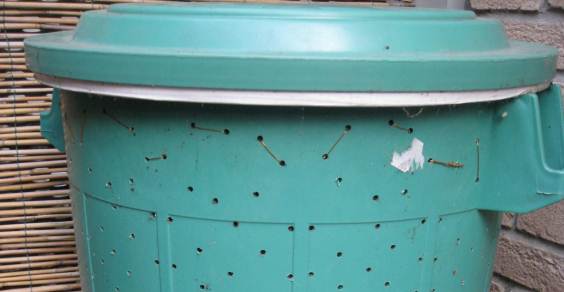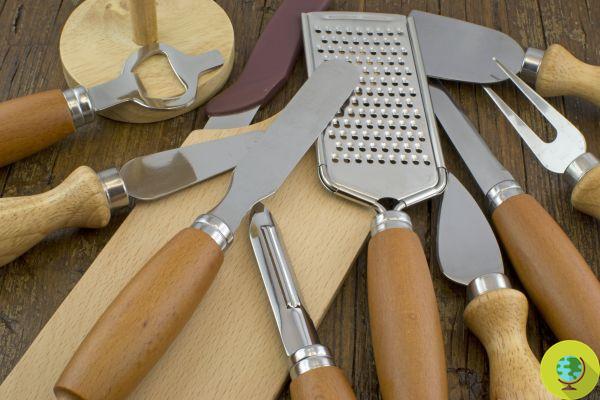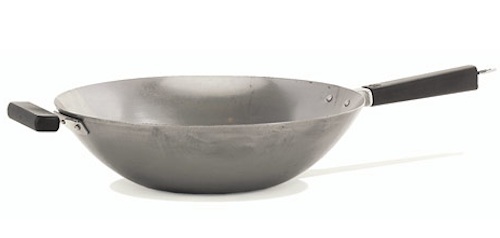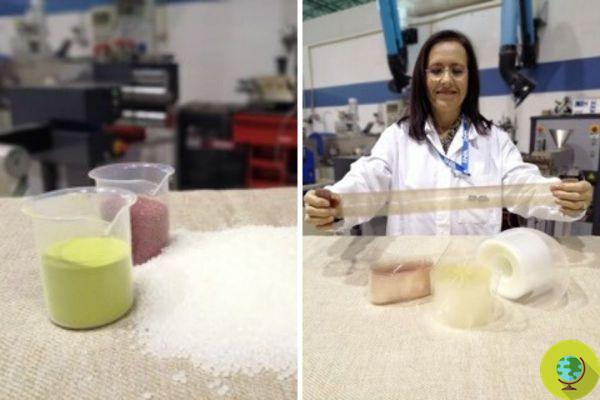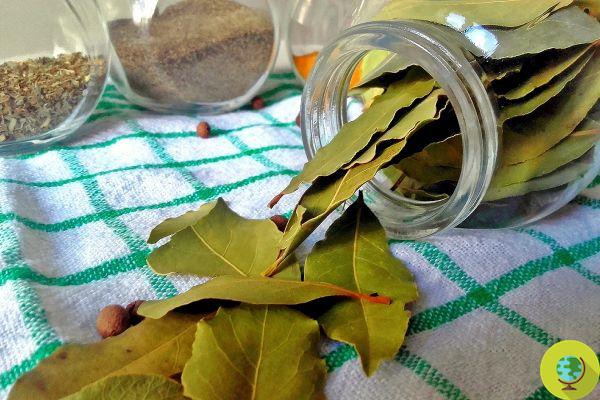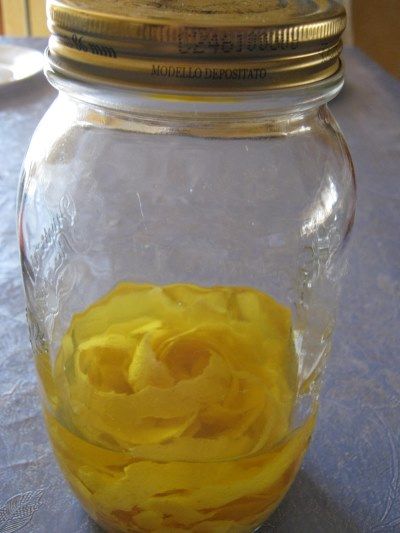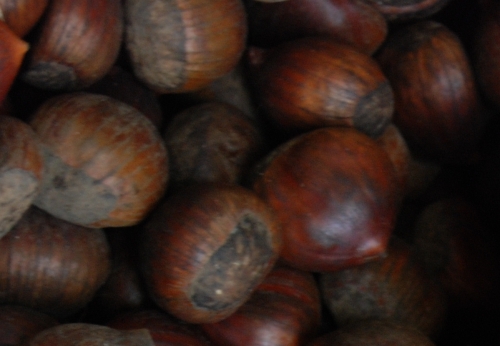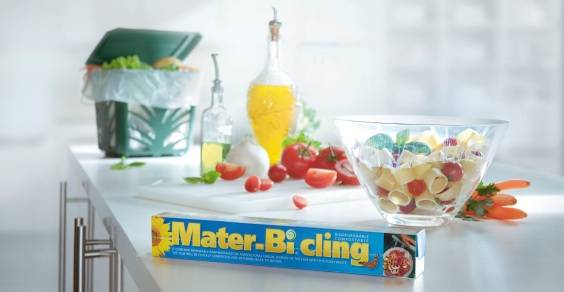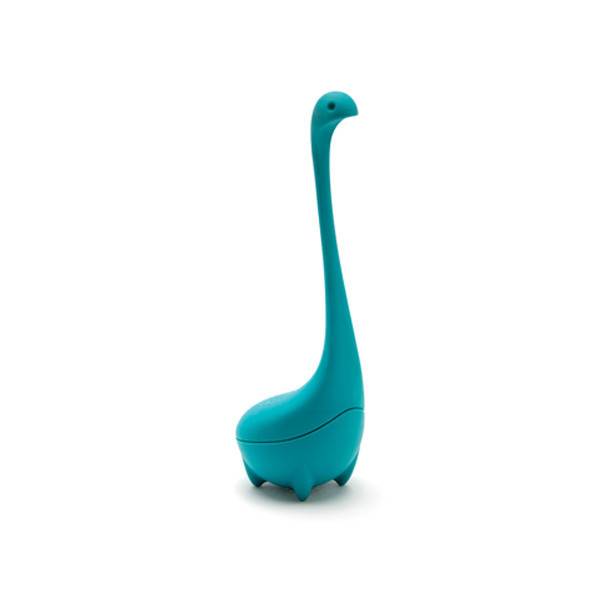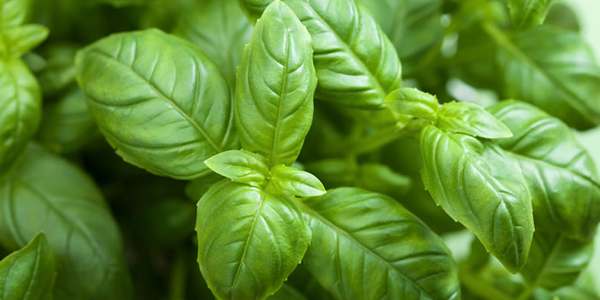
The kitchen sponge is one of the objects in the house most contaminated by germs and bacteria, how to sanitize it in a few seconds
He is about to end up run over, his mother saves himThe kitchen sponge is one of the objects in the house most contaminated by mold, germs and bacteria, how to sanitize it in a few seconds?
What object in the house is most infested with germs and bacteria? The toilet seat might be the answer, but studies have shown that the kitchen sponge is the one at the top of the list. It would also beat other germ-laden places, such as the kitchen sink, pet bowl, and shower drain. (Read also: Used kitchen sponge, contains the same number of bacteria as feces)
Frequent use of a kitchen sponge to absorb dirt and splashes, as well as its moist and porous texture, make it a perfect breeding ground for foodborne bacteria, mold and mildew.
To stop the spread of germs and sanitize your sponge, the best way even according to the ARS scientists is to put it in the microwave for a few seconds or, alternatively, in the dishwasher. In fact, the researchers conducted a test in which they tried to sanitize sponges left at room temperature for 48 hours after being in contact with a ground meat solution to reach a high level of microbes (20 million per sponge) .
Each of these sponges was treated in 5 ways:
- immersed for 3 minutes in a 10% chlorine bleach solution,
- soaked in lemon juice or deionized water for one minute,
- heated in a microwave for one minute,
- placed in a functioning dishwasher with a drying cycle
- no treatment
Scientists have chosen these methods because they are the ones commonly used in most home kitchens. They found that between 37 and 87 percent of the bacteria were killed in sponges soaked in 10 percent bleach solution, lemon juice, or deionized water, and those not treated. In practice, there are enough bacteria left to potentially cause disease.
The microwave, on the other hand, killed 99,99999% of the bacteria on the sponges, while washing in the dishwasher killed 99,9998% of the bacteria.
A very similar result emerged for molds and yeasts. (Read also: Do you know the difference between sanitizing, disinfecting and sanitizing?)
How to disinfect the sponge in the microwave:
- Make sure the sponge is completely wet. This is essential in order not to let it burn or catch fire in the microwave;
- put them in the microwave for 30 seconds, one minute if you have cleaned surfaces where you have handled meat or chicken;
- Be careful when removing the sponge, as it will still be hot. Wait at least 5 to 10 minutes to remove the sponge so that it has cooled down well.
Alternatively, you can wash it in the dishwasher every evening
Sponges with metal parts or screens do not need to be sanitized in this way, but they can be put in the dishwasher.
Source: USDA / Michigan State University
Read also:
- The 5 dirtiest places in the kitchen you don't expect
- To wash the dishes it is better to use a brush (and not a sponge). I study
- What happens to your body when you eat cooked or microwaved food
- Cosmetics: do you know how many bacteria are hidden in your make-up? 90% of lipsticks, eye shadows and sponges contaminated
- 10 creative ideas to recycle old sponges
- Vegetable sponges: how to grow them to say goodbye to plastic




